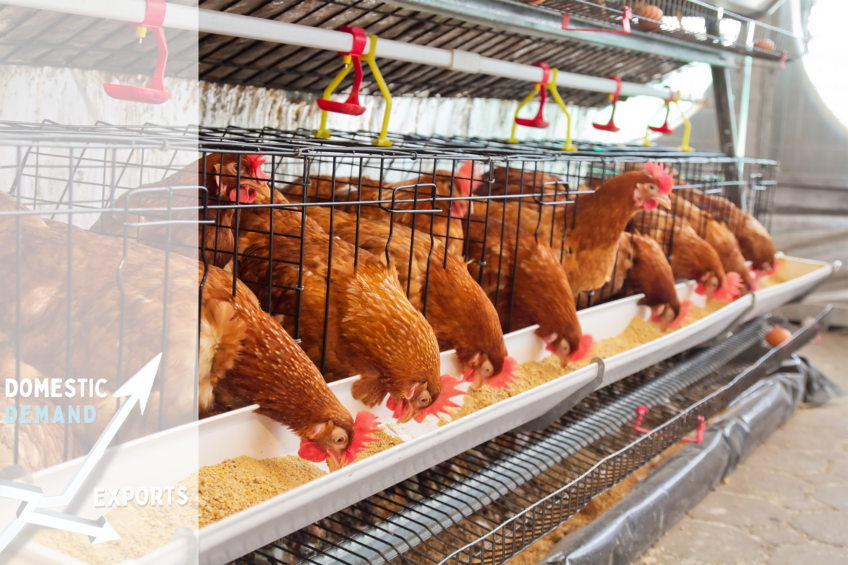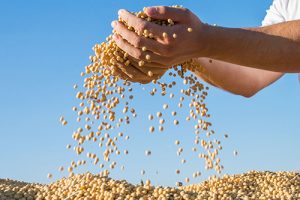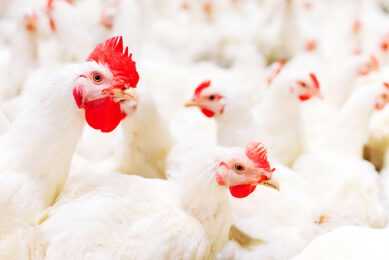Pakistan corn exports fall sharply amid GMO soy and poultry feed shifts

In the first quarter of 2025, Pakistani corn exports experience a drastic 87% drop, owing to a mix of administrative hurdles and surging demand from the domestic feed manufacturers.
Deliveries suspended to key markets
Pakistan exported only 53,000 tonnes of corn in the first 3 months of the year, suspending deliveries to over a dozen countries, including China, Vietnam, Saudi Arabia and Romania, the official statistical data showed.
Record exports in 2024 reversed
In 2024, Pakistan exported 419,000 tonnes of corn, 185% up compared with the previous year, largely thanks to a surge in exports to Vietnam.
New factors drive export decline
This year, the upward trend has reversed, with several factors contributing to this.
Domestic feed demand pressures exports
Exports may decline under the pressure of booming demand from the domestic feed industry, USDA said in a recent report.

Soybean import ban impacts poultry
The ban on GMO soybean imports in October 2022 had a severe adverse impact on the poultry industry, leading to a significant reduction in the demand for corn. However, the government’s decision to allow the resumption of GMO soybean imports in late 2024 has breathed new life into the poultry sector, sparking a renewed demand for corn, as estimated by analysts.
Poultry production expected to surge
According to local farmers, domestic poultry production could surge by 25% due to the removal of the ban on GMO soybeans.
Domestic consumption forecast to rise
According to the USDA, the domestic 2025/26 consumption of corn, as a result, may reach 9.1 million tonnes, exceeding the 2024/2025 production estimated at 9 million tonnes.
Corn production outlook for 2025/26
Corn production is forecast at 9.6 million tons in 2025/26, based on a slight increase in area and assuming a 5-year average yield, USDA predicted.
Poultry feed drives corn demand
Traditionally, poultry feed accounts for about 65% of corn use. Corn is mixed with soybeans, so improving the availability of GMO soybeans naturally drives the demand for corn up. There are approximately 300 feed mills producing poultry feed, with 12 million tons output capacity, USDA calculated.
Policy missteps worsen export crisis
Several Pakistani government’s poor political decisions have driven corn exports down, Profit, a local business newspaper reported, citing the industry insiders. Some problems are related to recent changes in the existing sanitary regulations, which have made it more difficult for exporters to meet the required standards and ship their products overseas.
Urgent reforms needed, insiders say
To deal with the crisis, the insiders believe provincial food authorities and agriculture departments must be involved in making production areas pest-free, monitoring pesticide residues, and ensuring proper post-harvest handling.
Government agencies urged to act
The Ministry of Commerce has raised concerns over the decline in corn exports and called the Department of Plant Protection and other government agencies to address the issue.











